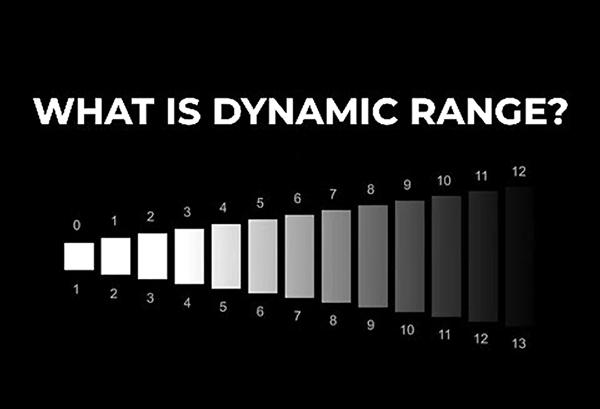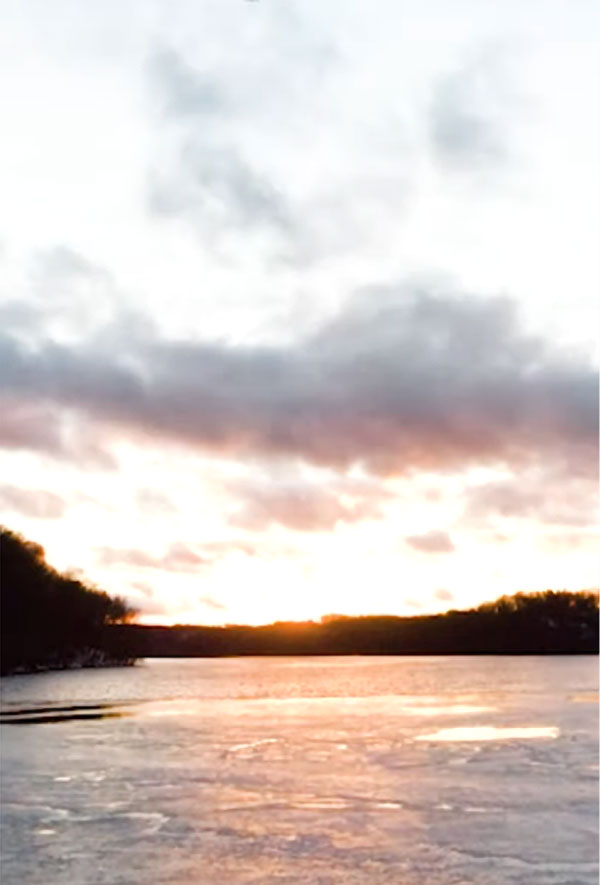1-Minute Explainer: What is DYNAMIC RANGE and How Does it Affect your Photos? (VIDEO)

You’ve no doubt heard us use the term “dynamic range” in camera reviews, image-editing tutorials, and discussions about the advantage of shooting Raw. But what does this term really mean, and how does it affect your photos?
In the quick one-minute clip from B&H Photo Video, photographer Matt Payne provides a simple explanation for dynamic range, and how it impacts both still photographs and videos.

Simply put, “Dynamic range is a measurement of the number of stops of information your camera’s sensor can read between the whitest whites and the blackest blacks.” Understanding this is particularly important when shooting scenes with a wide range of tones, otherwise you may end up with serious highlight clipping and a lack of details in the shadows.
Payne uses the example of an outdoor seascape in which the sky is completely blown out and the shadows are really crushed. To a certain extent, cameras with a higher dynamic range can do a better job of combating this problem.
There are also implications for post-processing techniques, including why uncompressed Raw files provide more leeway in pulling out information in both highlights and shadows.

Bottom line: Dynamic range is a simple but very important concept, and after watching this quick explainer you be able to cross this question off your list. You can find many more helpful videos, both short and comprehensive, by visiting the B&H Photo Video YouTube channel.
And be sure to check out another tutorial we posted, recently with a bunch of new mind-blowing Photoshop tools “that shouldn’t even be possible.”








































